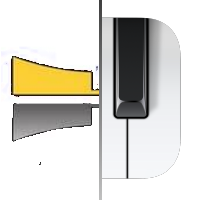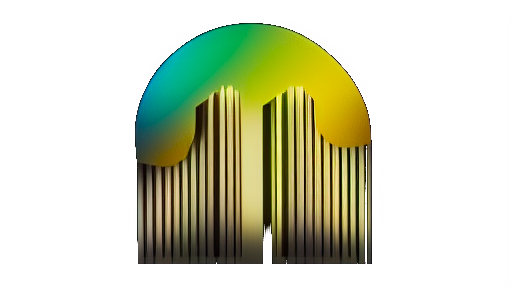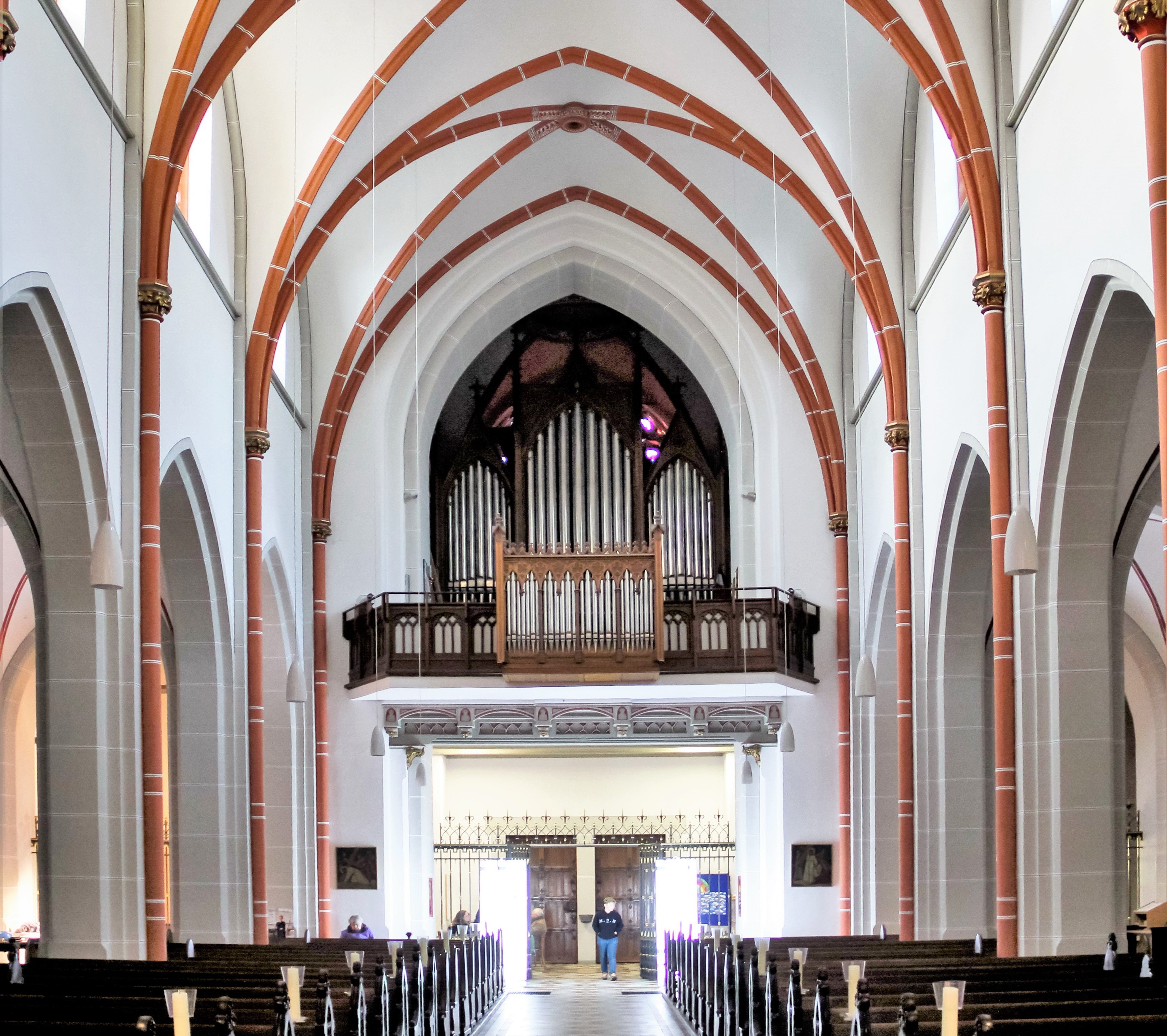Bonn-Beuel, Sankt Josef
| Builder | J. Oberlinger |
|---|---|
| Year | 1981 |
| Period/Style | Romantic |
| Stops | 60 |
| Keyboards | 4+P |
| Keyaction | |
| Tuning | Equal at 440 Hz |
| Sampleset |
Available
 , sampled by
Pipeloops
, sampled by
Pipeloops
|
The organ of St. Joseph Church in Bonn-Beuel, built in 1981 by Gebr. Oberlinger, stands out as a landmark in German organ culture. At a time when the *Orgelbewegung* still dominated organ building with its North German Baroque ideals, and Romantic instruments were often deemed decadent and dismantled, this organ boldly embraced the French Romantic tradition. The project was sparked by organist Hans Peter Reiners, who discovered a 20-stop Kuhn organ from 1882 for sale in La Chaux-de-Fonds, Switzerland. This instrument, combined with nine stops salvaged from the original 1903 Klais organ, became the foundation for the new organ. The result was a three-manual, 61-stop instrument that faithfully follows the tonal and structural ideals of Aristide Cavaillé-Coll.
The organ features a characteristic French layout with drawknobs arranged in semicircles around the console, foundation stops to the left and brighter stops to the right. A large number of 8’ stops in all divisions ensure a rich, blending core sound, while the many reed stops—especially in the expressive *Récit*, which includes the *Voix céleste*, *Éoline*, and six reed ranks—define its French symphonic character. The *Positif* acts as a versatile bridge between the *Grand-Orgue* and *Récit*, with flexible combinations of foundations, reeds, and aliqouts. The *Grand-Orgue* builds from a 16’ *Montre* and features a powerful reed chorus, while the Pedal division anchors the instrument sonically with both foundational depth and versatility.
A notable addition, inspired by Pierre Cochereau, was the installation of two horizontal trumpets (*Chamades*) in 1983, further enhancing the instrument's dramatic power. Today, the organ is celebrated internationally, attracting top-tier performers like Olivier Latry, Jean Guillou, and Ben van Oosten. French organists have praised it as a revelation—Cochereau called it “a grand instrument and joy beyond comparison,” while Michel Estellet-Brun noted its significance by saying, “What a lesson for France!”
The organ features a characteristic French layout with drawknobs arranged in semicircles around the console, foundation stops to the left and brighter stops to the right. A large number of 8’ stops in all divisions ensure a rich, blending core sound, while the many reed stops—especially in the expressive *Récit*, which includes the *Voix céleste*, *Éoline*, and six reed ranks—define its French symphonic character. The *Positif* acts as a versatile bridge between the *Grand-Orgue* and *Récit*, with flexible combinations of foundations, reeds, and aliqouts. The *Grand-Orgue* builds from a 16’ *Montre* and features a powerful reed chorus, while the Pedal division anchors the instrument sonically with both foundational depth and versatility.
A notable addition, inspired by Pierre Cochereau, was the installation of two horizontal trumpets (*Chamades*) in 1983, further enhancing the instrument's dramatic power. Today, the organ is celebrated internationally, attracting top-tier performers like Olivier Latry, Jean Guillou, and Ben van Oosten. French organists have praised it as a revelation—Cochereau called it “a grand instrument and joy beyond comparison,” while Michel Estellet-Brun noted its significance by saying, “What a lesson for France!”
| Grand-Orgue | Positif | Récit | Chamade (attachable to I or II) | Pédale |
|---|---|---|---|---|
| Montre 16' | Montre (1996) 8' | Bourdon 16' | Trompette (1983) 8' | Soubasse 32' |
| Montre 8' | Bourdon 8' | Principal 8' | Clairon (1983) 4' | Contrebasse 16' |
| Bourdon 8' | Unda Maris (2000) 8' | Cor de nuit 8' | Violon 16' | |
| Flûte Harmonique 8' | Prestant 4' | Gambe 8' | Soubasse 16' | |
| Gambe 8' | Flûte 4' | Eoline 8' | Flûte 8' | |
| Prestant 4' | Quinte 2 2/3' | Voix céleste 8' | Bourdon 8' | |
| Flûte traversière (1991) 4' | Doublette 2' | Prestant 4' | Prestant 4' | |
| Doublette 2' | Tierce 1 3/5' | Flûte octaviante 4' | Flûte 4' | |
| Cornet V 8' | Larigot 1 1/3' | Nazard 2 2/3' | Contrebombarde (1991) 32' | |
| Fourniture IV 2 2/3' | Cymbale IV 1' | Quarte de Nazard 2' | Bombarde 16' | |
| Mixture V 1 1/3' | Trompette 8' | Tierce 1 3/5' | Basson (1993) 16' | |
| Bombarde 16' | Cromorne 8' | Piccolo 1' | Trompette 8' | |
| Trompette 8' | Plein Jeu VI 2' | Clairon 4' | ||
| Clairon 4' | Basson 16' | |||
| Trompette 8' | ||||
| Hautbois 8' | ||||
| Clarinette (2004) 8' | ||||
| Voix humaine 8' | ||||
| Clairon 4' |
No Video/Audio samples available.
https://www.pipeloops.com//product_info.php?cPath=24&products_id=48
https://de.wikipedia.org/wiki/St._Josef_(Beuel)
https://de.wikipedia.org/wiki/St._Josef_(Beuel)
 Pipe Organ Map
Pipe Organ Map